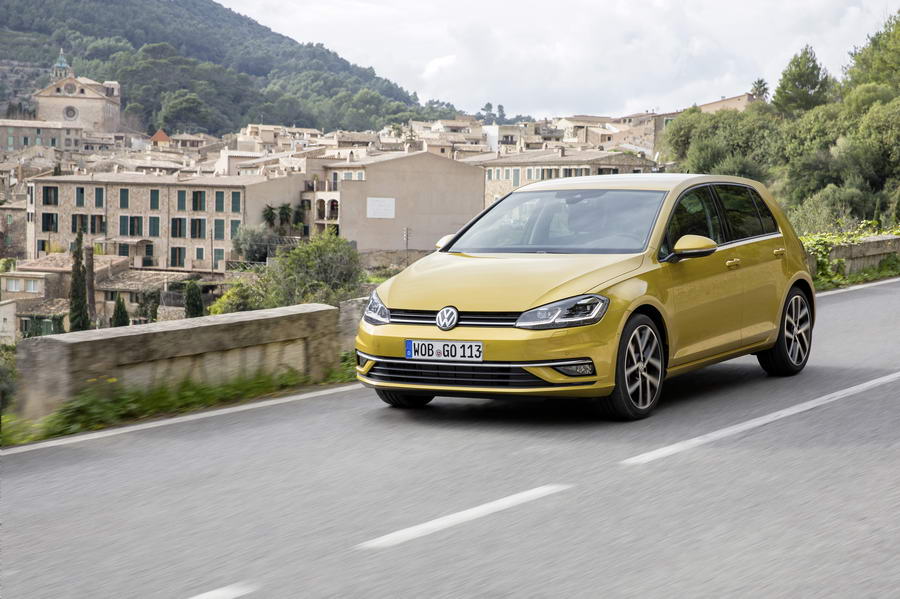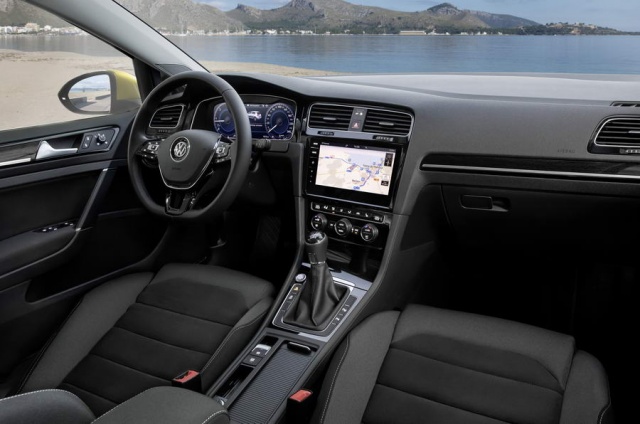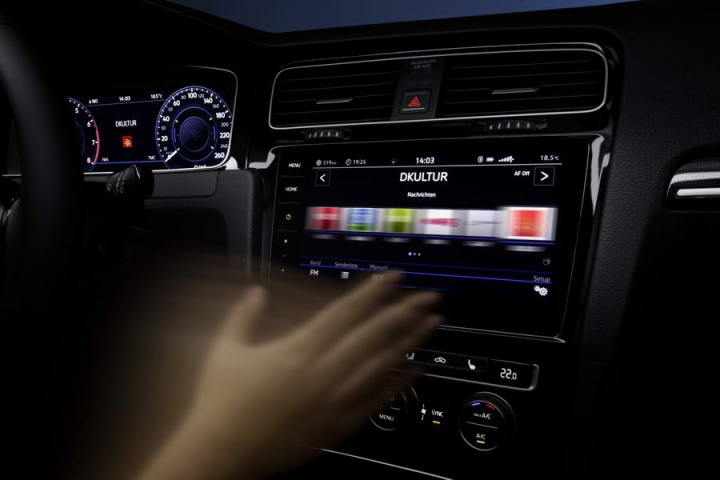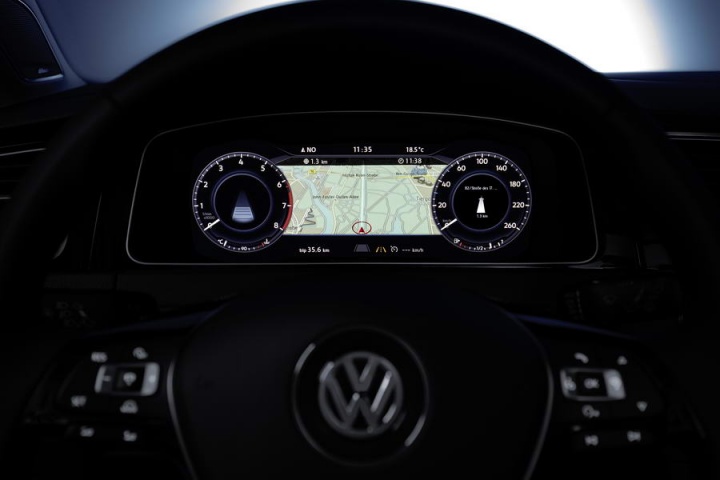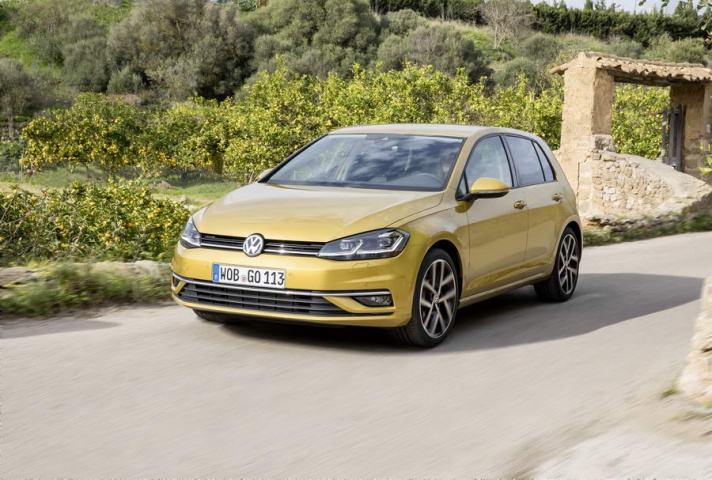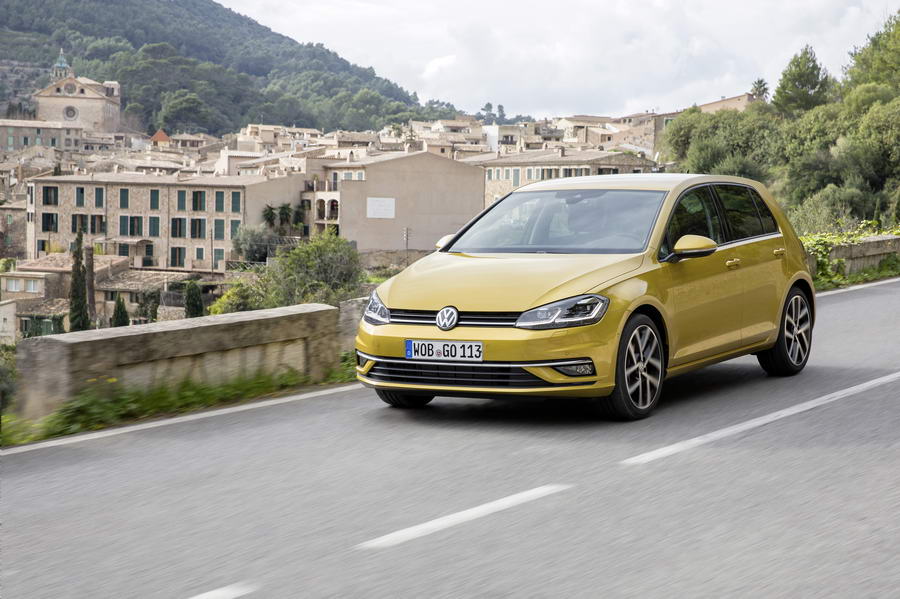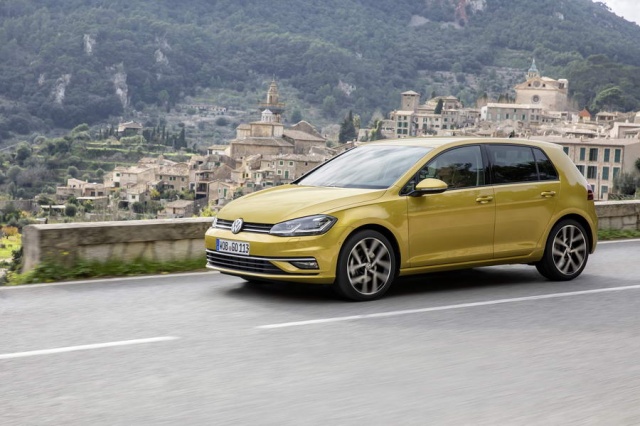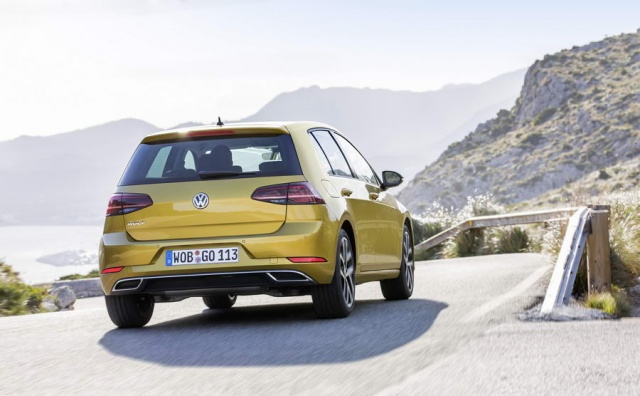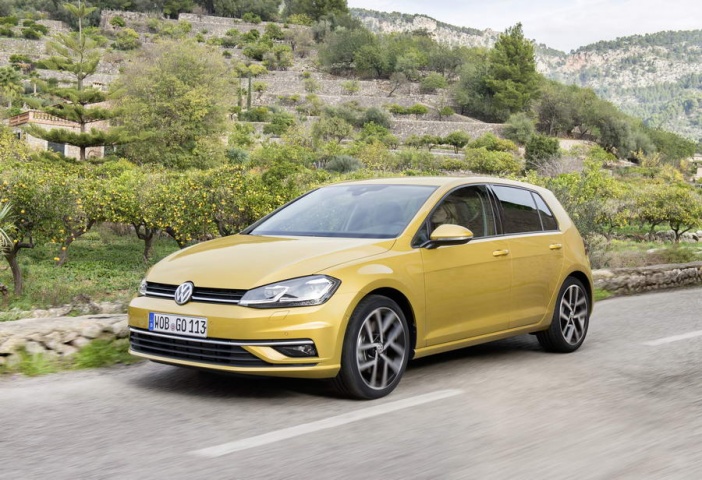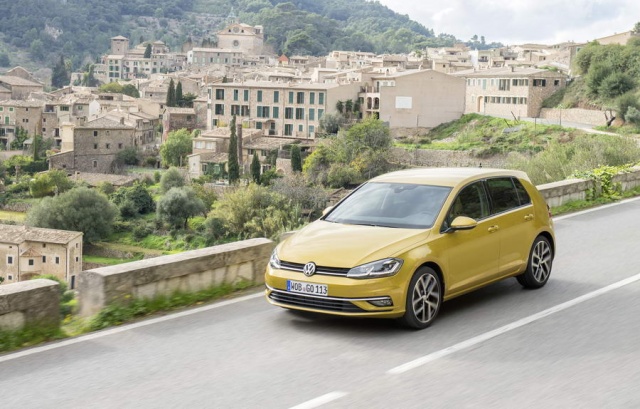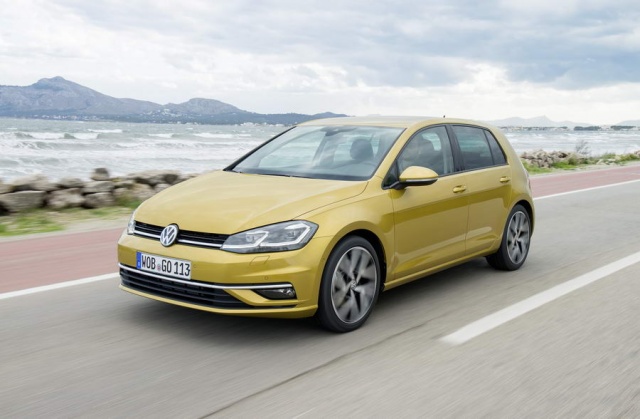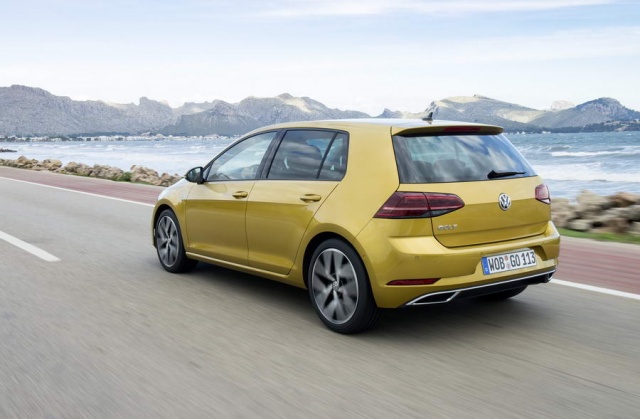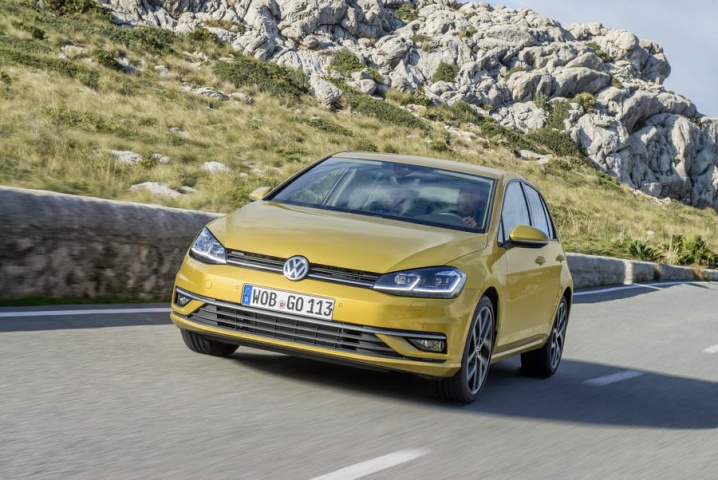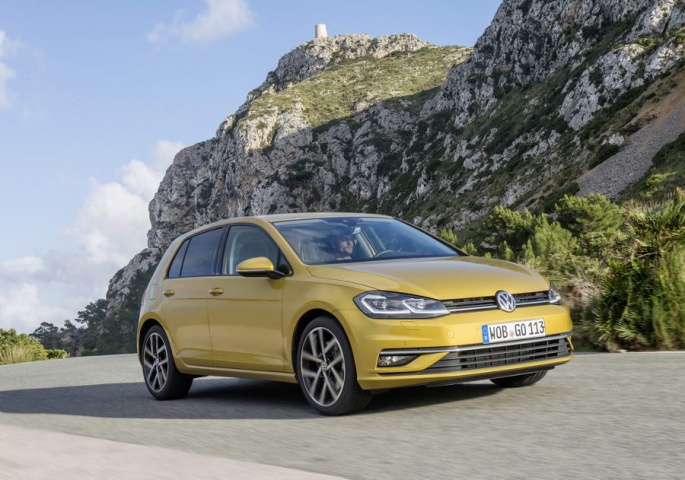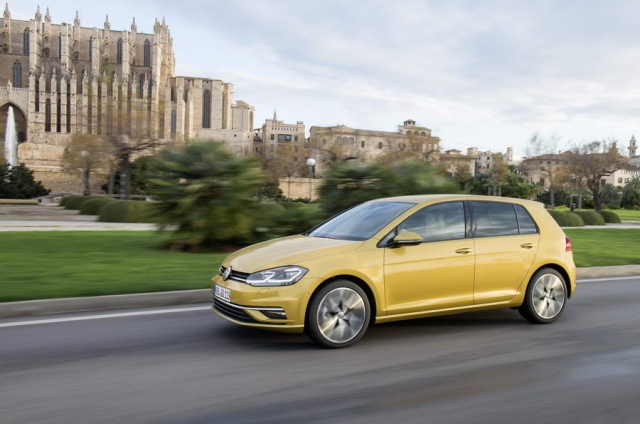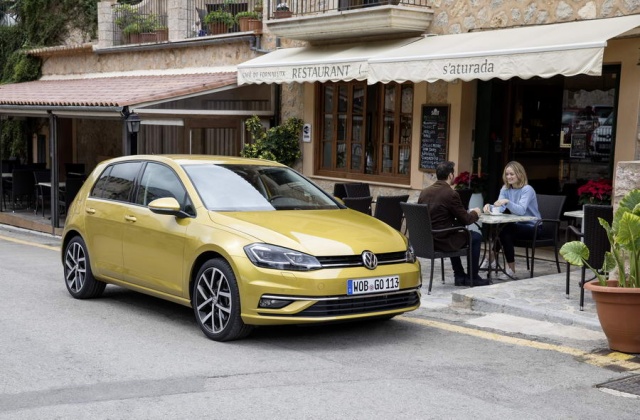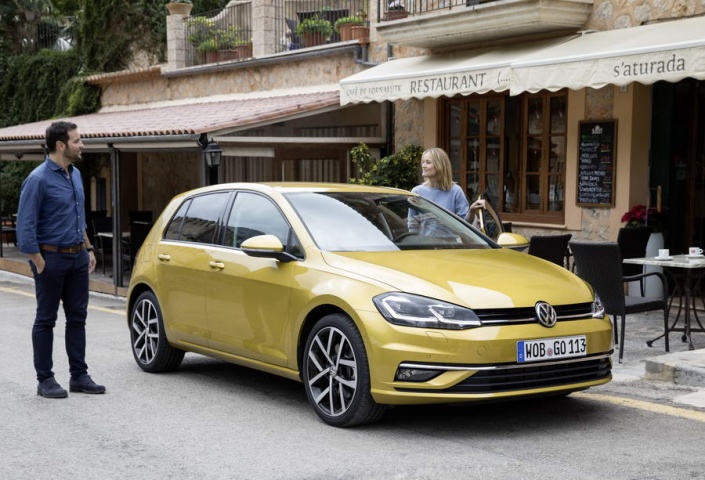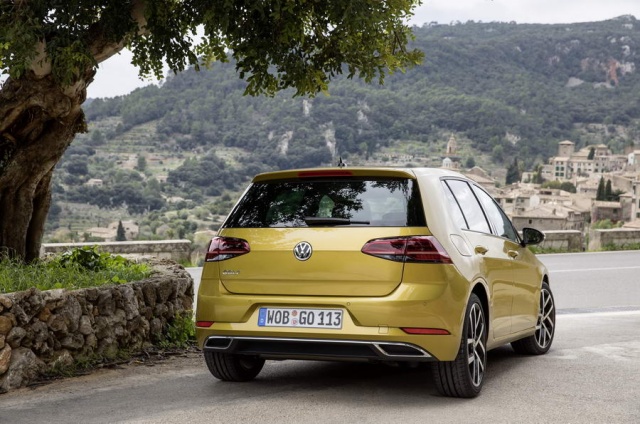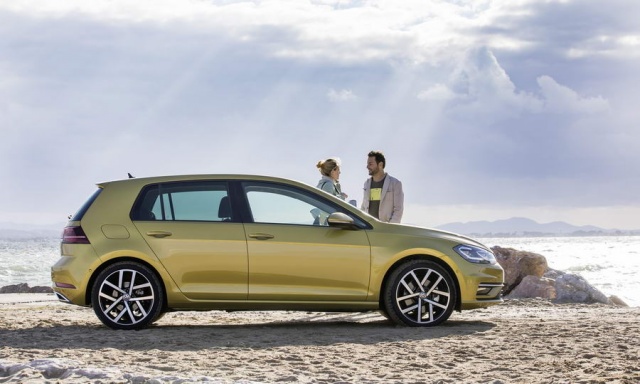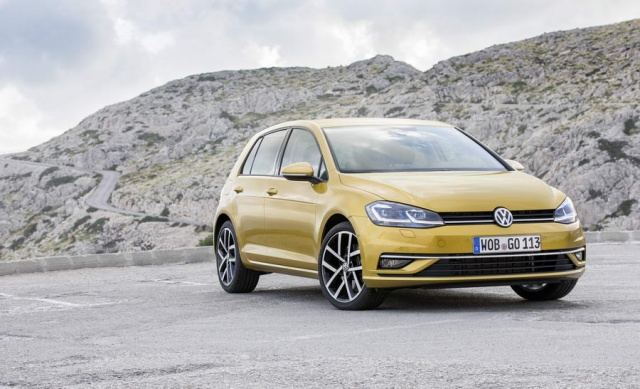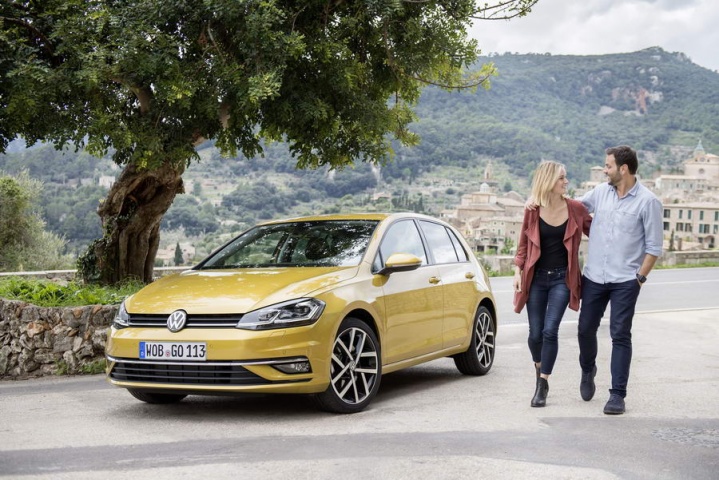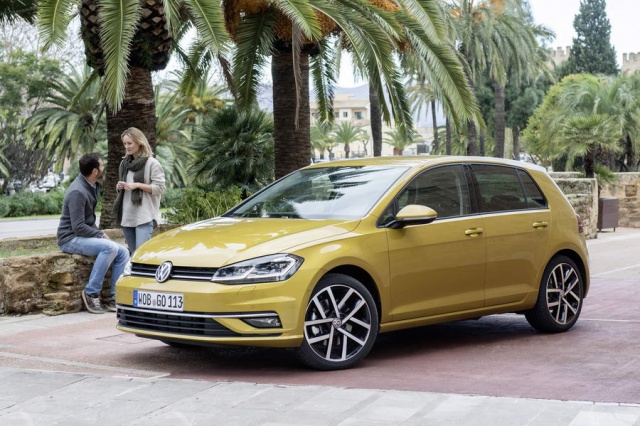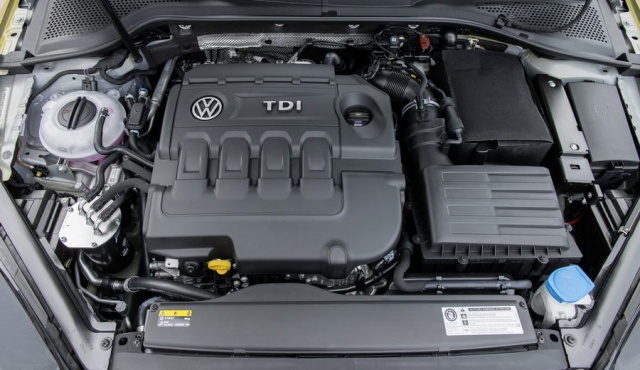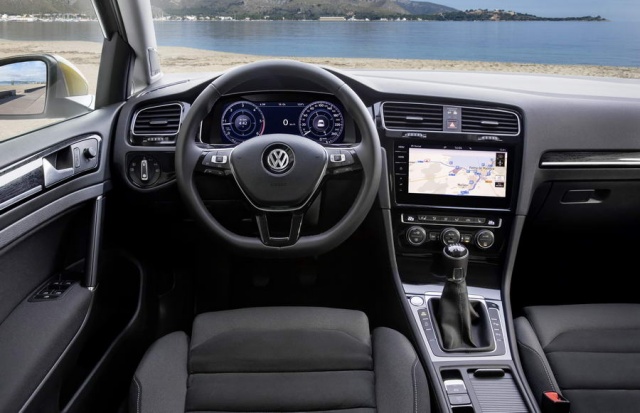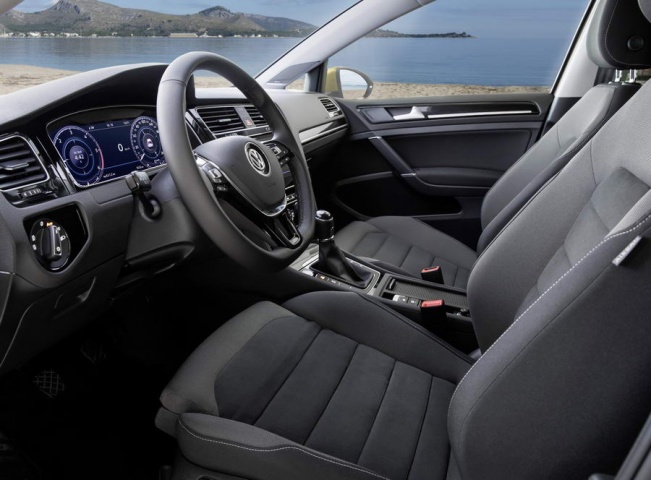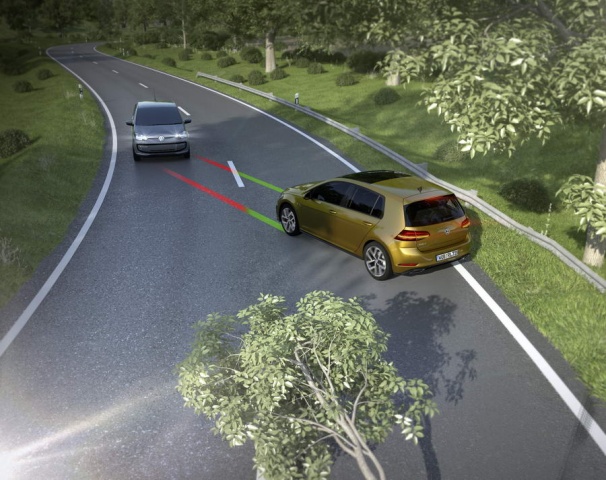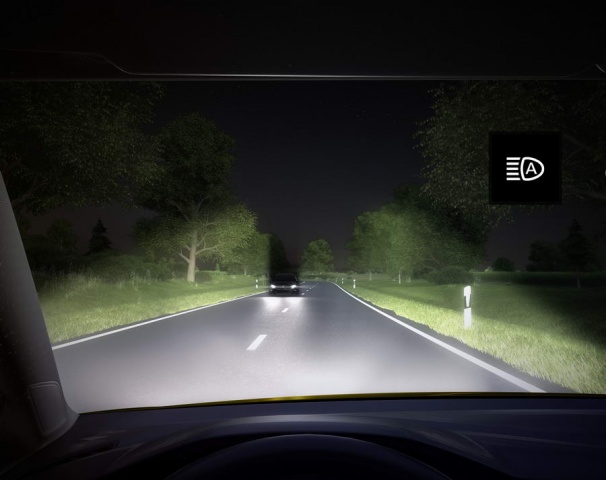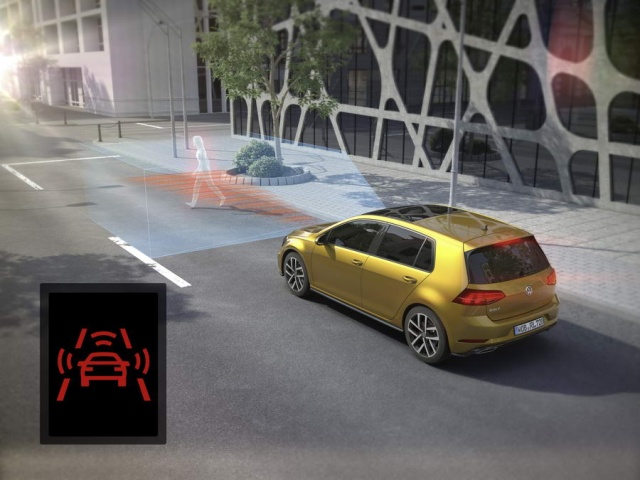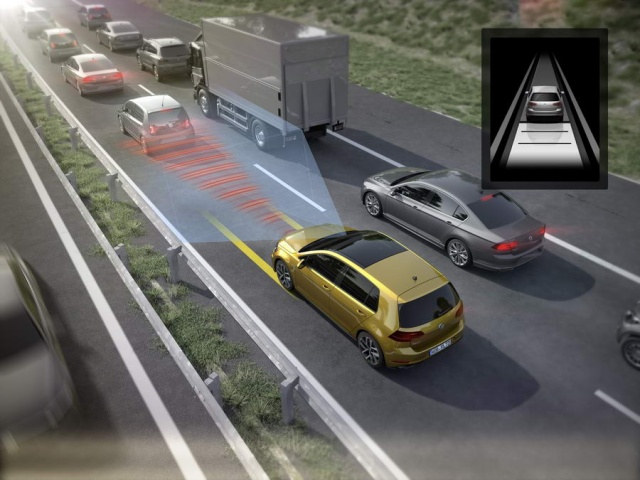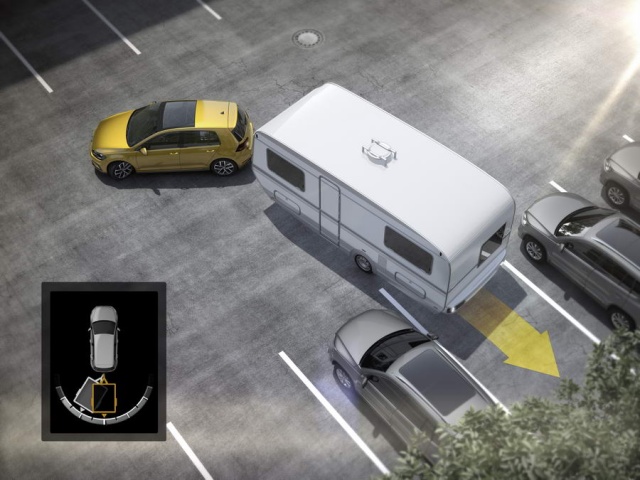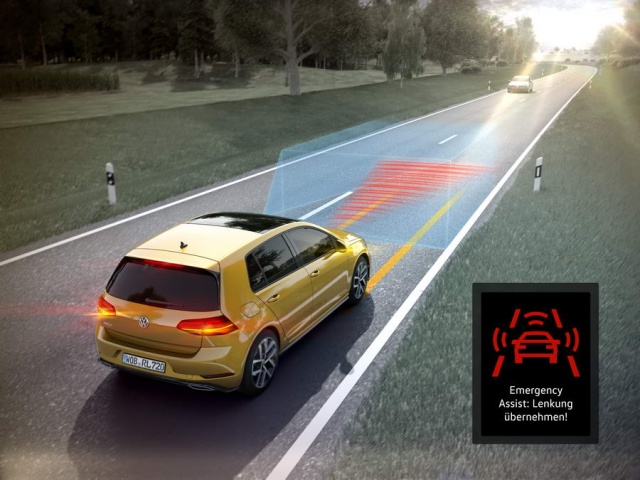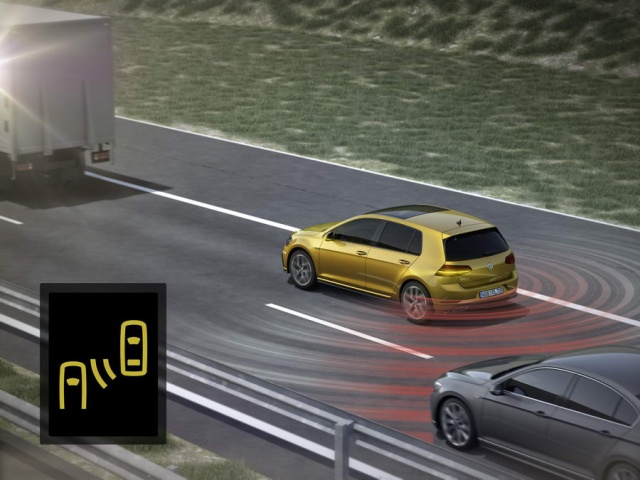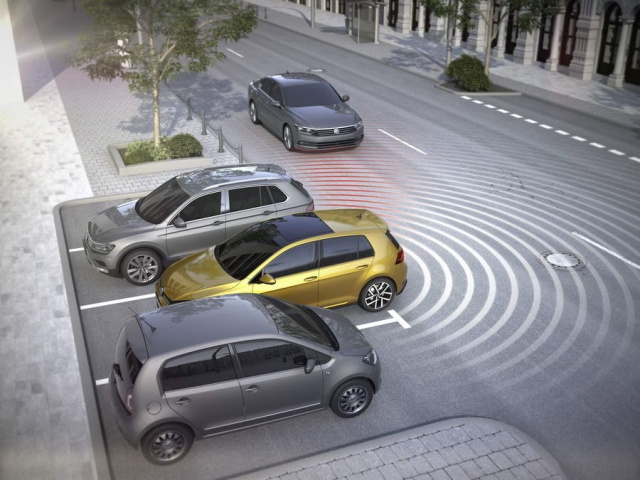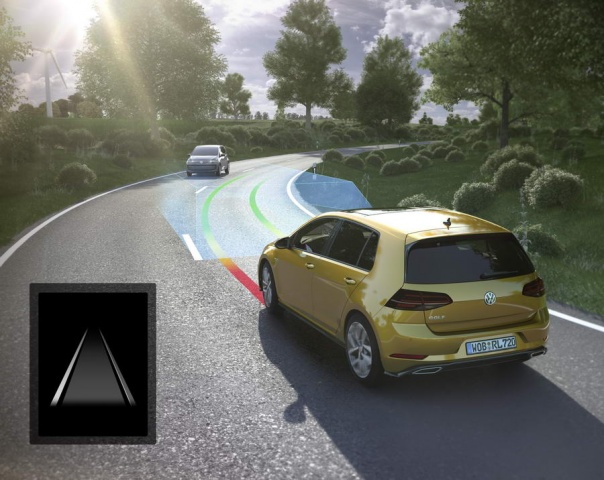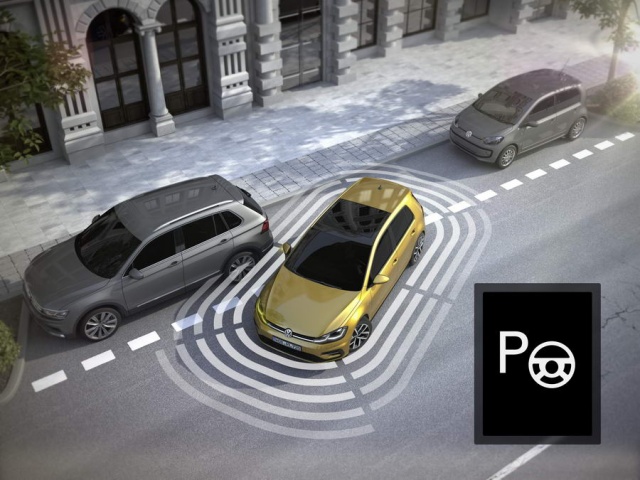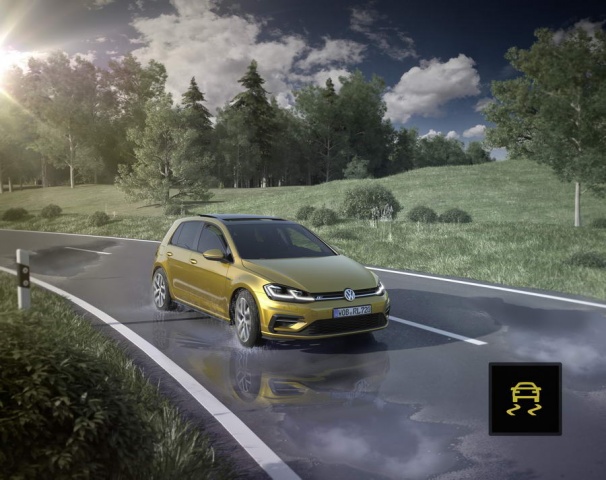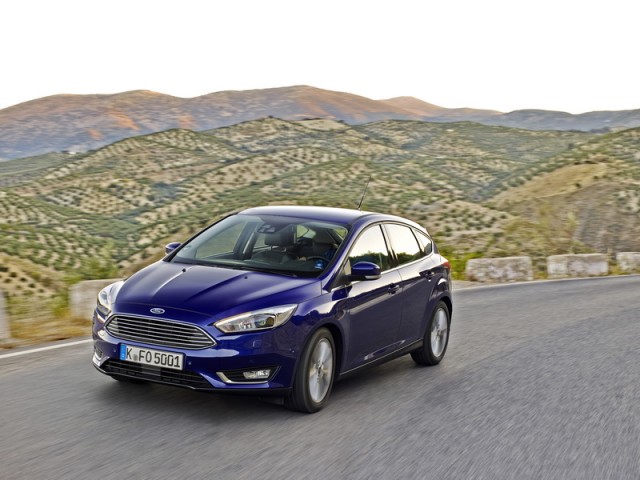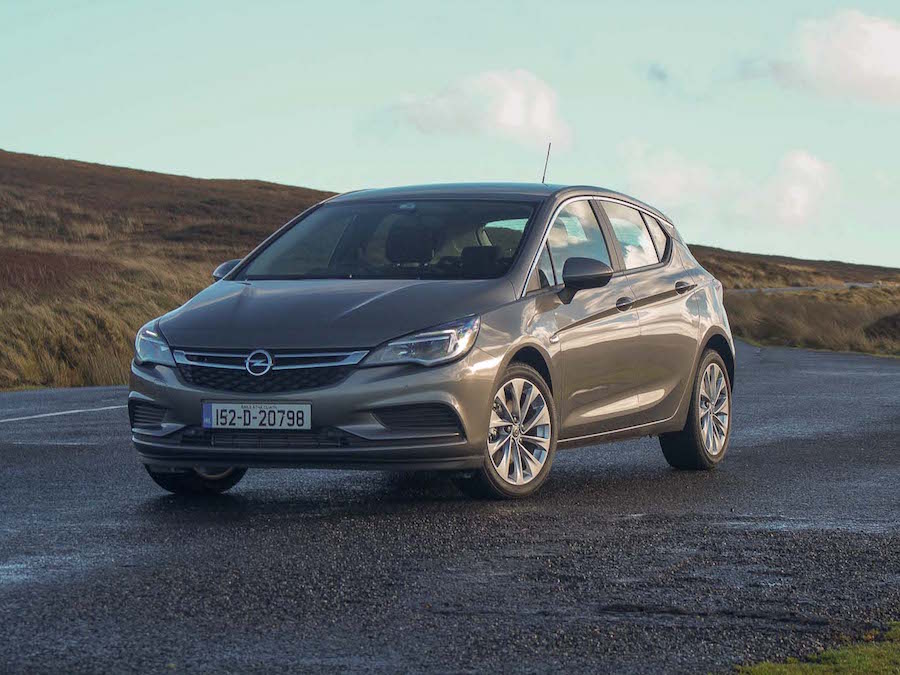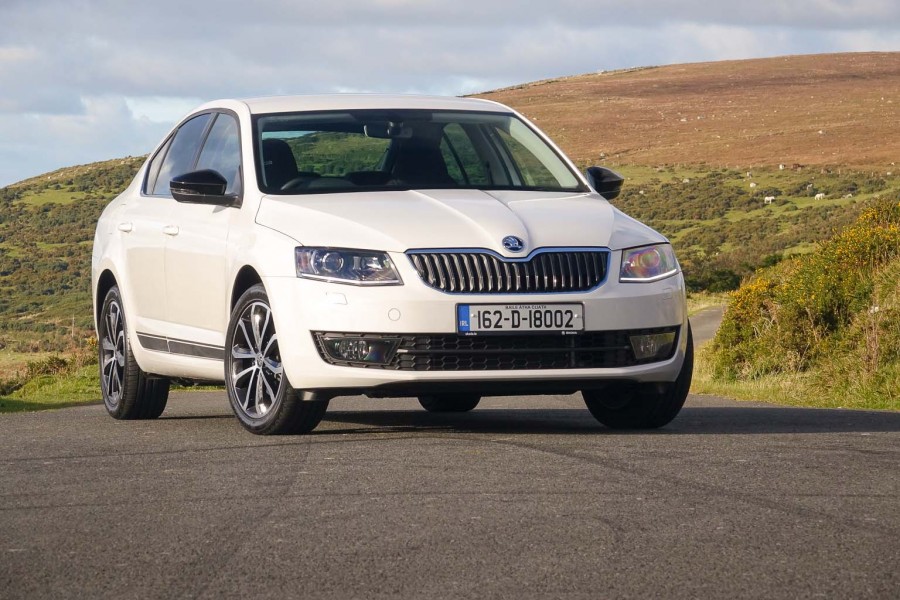The updated Volkswagen Golf MkVII can be had with a clever new 1.5-litre petrol engine and some fearsomely high-tech options, but at its heart it's still a Golf, so no change there, then. And no, that's not a complaint.
In the metal
There are no surprises here, really. Volkswagen has very gently tweaked the styling of the Golf, but you'd have to be a collector of anoraks to notice. There are new headlights, with new LED signature daytime running strips, and the option of full-LED lighting in place of the old Xenon option. There are re-profiled bumpers with new air intakes and an occasional splash more chrome (depending on spec) and at the rear all-LED lights are now standard, too. Other than that, and some new colour and wheel options, it looks the same. The world may have changed dramatically in the past 12 months, but a Golf is still a Golf, and it's still so subtly and understatedly classy that you really do wonder sometimes why some competitors bother getting up in the morning.
There will be two new petrol engine options for Ireland when the new Golf goes on sale. One is the 1.0-litre TSI three-cylinder turbo offered in 85hp and 110hp states of tune, which we've tested before, but which was never on sale here. It effectively replaces the 1.2 TSI four-cylinder and will basically be the engine of choice in the Golf. Yes, the vast majority of Irish buyers, blinded by their tax discs, will go for the 1.6 diesel, but the 1.0-litre petrol is a gem of an engine.
Proving that Volkswagen is expending more and more efforts on petrol engine development (wonder why?) is this new 1.5 TSI four-cylinder petrol turbo. It will begin to replace the old 1.4 TSI and it comes in two variants - an ultra-frugal 130hp BlueMotion version will be available later this year, but here we test drive the more powerful (and slightly thirstier) 150hp version. With 250Nm of torque, but low emissions of 115g/km (when fitted with the optional DSG automatic transmission) it could, in many ways, be the perfect engine with which to wean yourself off diesel.
It achieves its economy (an official 56mpg on average) in three ways. First off, there's the Cylinder-on-Demand tech from the old 1.4 TSI that shuts down two cylinders under light throttle loads, which reduces the amount of fuel needed. There's also now a coasting function, which can disable the engine entirely if you're on enough of a downhill slope and simply don't need it for a few seconds. Thirdly, it breathes differently - the new 1.5 can switch seamlessly between traditional Otto cycle four-stroke and Miller cycle. The Miller cycle leaves the intake valves open for slightly longer on the upward stroke of the piston, virtually shortening the stroke, allowing for a cooler fuel-air mixture and thereby producing more power from less fuel. Clever.
Cleverer still are the new technological options on the inside. Now, most of this is strictly optional, and you'll have to spend a considerable amount of money to get hold of it all, but the Golf can now be fitted with the all-digital instrument pack (basically the same as we've tested in the latest Volkswagen Tiguan) and a new family of central infotainment touchscreens. The smallest of these is now 6.5 inches across, while the largest is a whopping iPad-like 9.2 inches. The top-spec one now comes with 'Gesture Control', which allows you, theoretically, to wave your hands around in front of the screen to change the radio station or turn up the volume. In practice it's a bit of a faff and you generally just revert to using the steering wheel buttons.
There is of course smartphone connectivity via Apple CarPlay and Android Auto, plus inductive charging for compatible phones. And the Golf is now (optionally) fully connected - using an LTE mobile data connection to bring you live traffic to the satnav, live fuel prices at nearby filling stations, weather reports and more. There's an automatic emergency system that calls the ambulance if it detects that the airbags have deployed, an interactive smartphone app that allows you to check if the doors are locked and the lights are off from half way around the world, an alert that tells you if your teenage child has taken the car outside of a pre-set area and even a tie-up with a company called DoorBird, which allows you to connect with a camera and lock mounted to your front door, meaning you can answer the door to your house from inside your car, allowing in anyone who needs to get in. Not sure why, exactly.
The Golf's driver assistance systems have also been ramped up, There's a new traffic jam assistant that, using the active cruise control, can do the work for you in stop-start traffic at speeds of up to 60km/h. There's also lane departure control, an emergency assistant that can tell if you've fallen asleep (or worse) and bring the car to a safe halt if you don't respond to alerts, an autonomous city-braking system (whose radar is now mounted neatly behind the VW badge on the front) that has pedestrian detection and even trailer assist (first seen on the Volkswagen Touran) that helps you reverse precisely when towing a load.
Phew. Read all that and then tell us nothing has changed.
Driving it
There are no major mechanical changes to the suspension or structure of the Golf, so it basically drives the same as before. That's to say that it's not quite as involving as the Ford Focus, but overall it's more refined and more comfortable, with a well-struck balance between body control, steering precision and ride quality. You could point out that the steering is a touch numb at times, or that the ride (on optionally large alloys) could be a touch smoother, but you'll need tweezers to pick those nits.
The 1.5 TSI engine is fine, and a good replacement for the old 1.4, but it lacks the charm of the smaller, more enthusiastic 1.0-litre. The refinement is good too (very good if you're getting out of a diesel), but there is a slight flat spot around the point where the DSG dual-clutch automatic gearbox changes up from first to second. It's not a massive thing, but it is there. One colleague impishly suggested that it occurs at around the point in the rev range where most of the official fuel consumption tests take place... He was last seen being escorted from the premises.
The four-cylinder turbo also sounds a bit too strained when you do rev it high in search of power. There's plenty of low-down poke (flat spot aside) so you won't need to, much, but you'll hear it when pulling away from tight junctions or overtaking long vehicles. It's just a touch uncouth and rough-sounding, which is a shame given the engine's overall decent refinement.
Fuel consumption? Ask us again when we get a chance to drive the 1.5 TSI in Ireland, on more familiar routes. Up and over Majorca's island undulations, we got an average of 7.3 litres per 100km, which isn't that good, but we were driving briskly and the roads were tight and twisty so we'll give it the benefit of the doubt for now.
What you get for your money
Volkswagen has played clever by giving the most basic 1.0-litre Golf Trendline a temptingly low starting price of €20,895, and it's not badly equipped - you get a leather wheel and gearshift, chilled glovebox, 6.5-inch touchscreen, USB and Bluetooth, air conditioning, electric parking brake, trip computer and lots of safety equipment. But it will look a touch under-dressed on the outside and the cabin will feel a little plain.
Few, if any, buyers go for Trendline though, so you're looking at a minimum €23,795 for a basic Comfortline (which gets nicer seats, alloys, eight-inch touchscreen, pedestrian detection and autonomous braking, voice control, two-zone climate control and adaptive cruise control). The 1.5 TSI will cost extra though (the price is to be confirmed and very few buyers go for the 1.4 that it's replacing) and items like the 9.2-inch screen and all-digital instruments are more again, as is a sportier looking body kit (which really lifts the look of the car). With the cheapest 1.0 Highline costing €26,295 you're looking at the thick end of €30k for a car such as the one we were testing. It certainly felt every inch the expensive, well-appointed vehicle, but is it really worth spending that much on a Golf (that isn't a GTI)?
Summary
Look, it's a Golf. That's really all you need to know. For all the bad publicity Volkswagen has suffered this past 18 months, the Golf still sells at a rate of one roughly every 40 seconds and 33 million people have bought and owned one since 1974. This update introduces some interesting new tech (which will be very expensive to fit to your car) and some pleasant non-diesel engine options (of which the 1.0-litre is nicer and more affordable than this new 1.5). The changes are sufficiently significant for you to take notice, but not so much that the finished product is anything but a sensible, conservative, desirable Golf.

